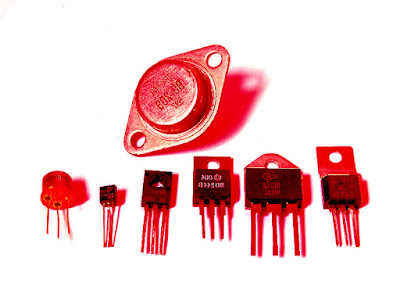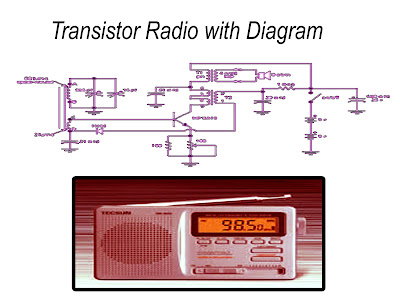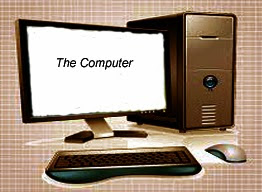A transistor - Electronic component of a semiconductor material, usually with three terminals, allowing an input signal to control the current in the electrical circuit. Normally used to amplify, generation and transformation of electrical signals. In general, the transistor is any device that simulates the main feature of the transistor - the signal changes between two different states of the signal change at the gate electrode.
In the field, and current control of bipolar transistors in the output circuit is carried out by changing the input voltage or current. . A small change in the input quantities can lead to much greater change of the output voltage and current. This amplification properties of transistors used in analog technology (analog TV, radio, communication and so on. N.). Currently, analog technology is dominated by bipolar transistors (BT) (international term - BJT, bipolar junction transistor). Another important industry is the digital electronics equipment (logic, memory, processors, computers, digital communications, and so on. N.), Where, in contrast, bipolar transistors are almost entirely driven out of the field.
The first patents on the principle of the FETs were registered in Germany in 1928 (in Canada October 22, 1925) in the name of the Austro-Hungarian physicist Julius Edgar Lilienfeld. In 1934, German physicist Oskar Hile (Eng.) Russian. patented field-effect transistor. Field effect transistors (specifically MOSFETs) are based on a simple electrostatic field effect n physics it is much easier to bipolar transistors, and so they invented and patented long before the bipolar transistors. However, the first MOS transistor, forming the basis of the modern computing industry was made later of the bipolar transistor, 1960. Only in the 90s of XX century MOS technology has become dominate bipolar.
Below is the formal classification of current transistors, where the working fluid is a flow of charge carriers, and the states between which switching devices are determined by the magnitude of the signal: small signal - a big signal, the closed state - open state, which is implemented the binary logic of the transistor. Modern technology can operate not only the electric charge and magnetic moments, the spin of a single electron, phonon and light quanta, quantum states, in general.
The principle of operation and applications of transistors greatly depend on their type and internal structure, so the details of this attributable to appropriate
Bipolar
npn structure "reverse conduction."
pnp structure, "direct conductivity".











